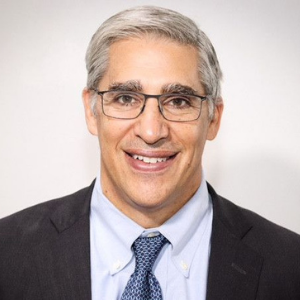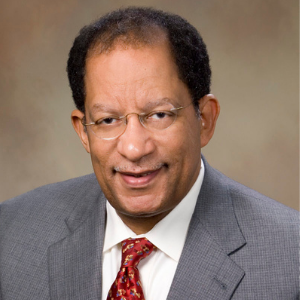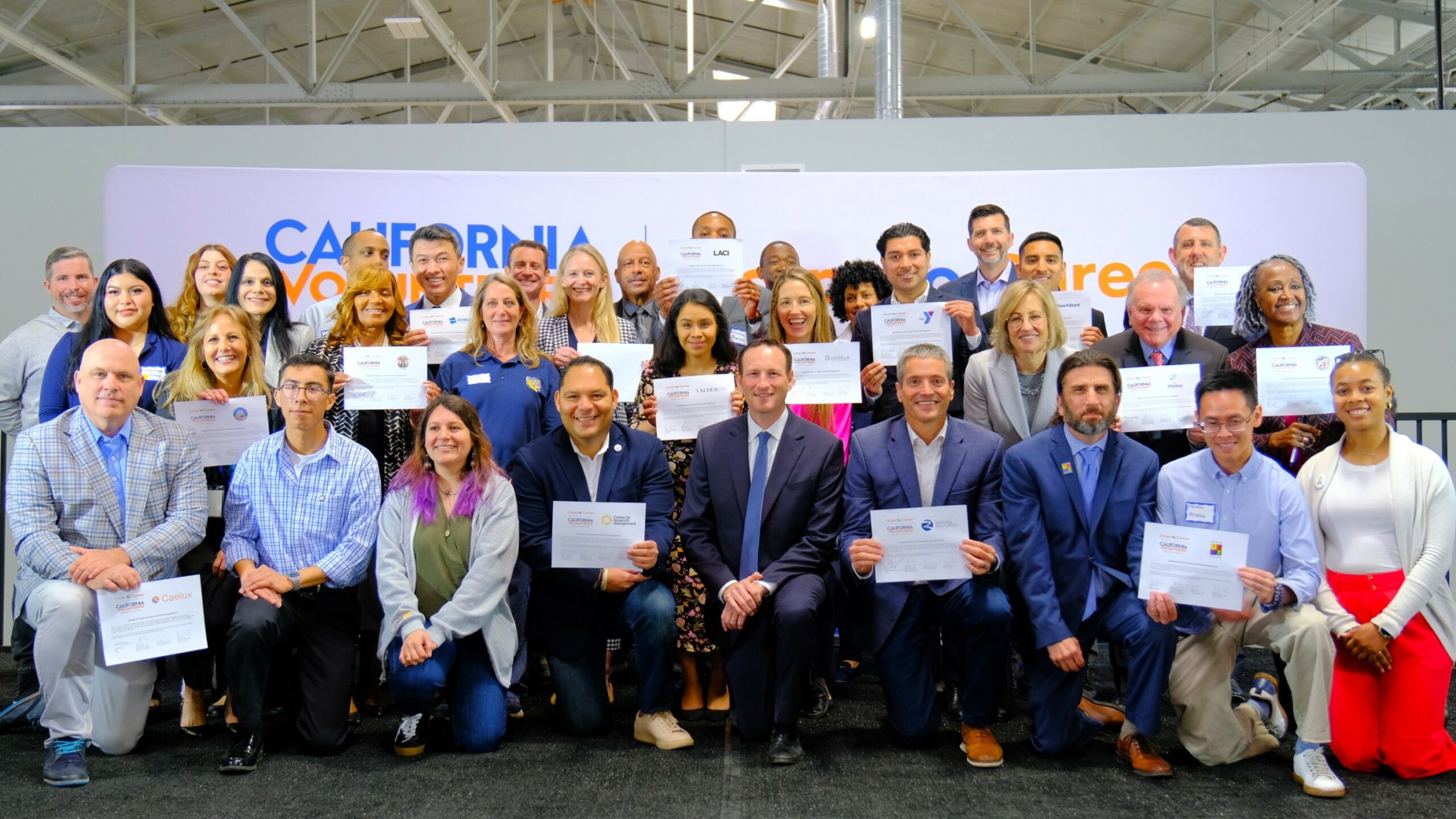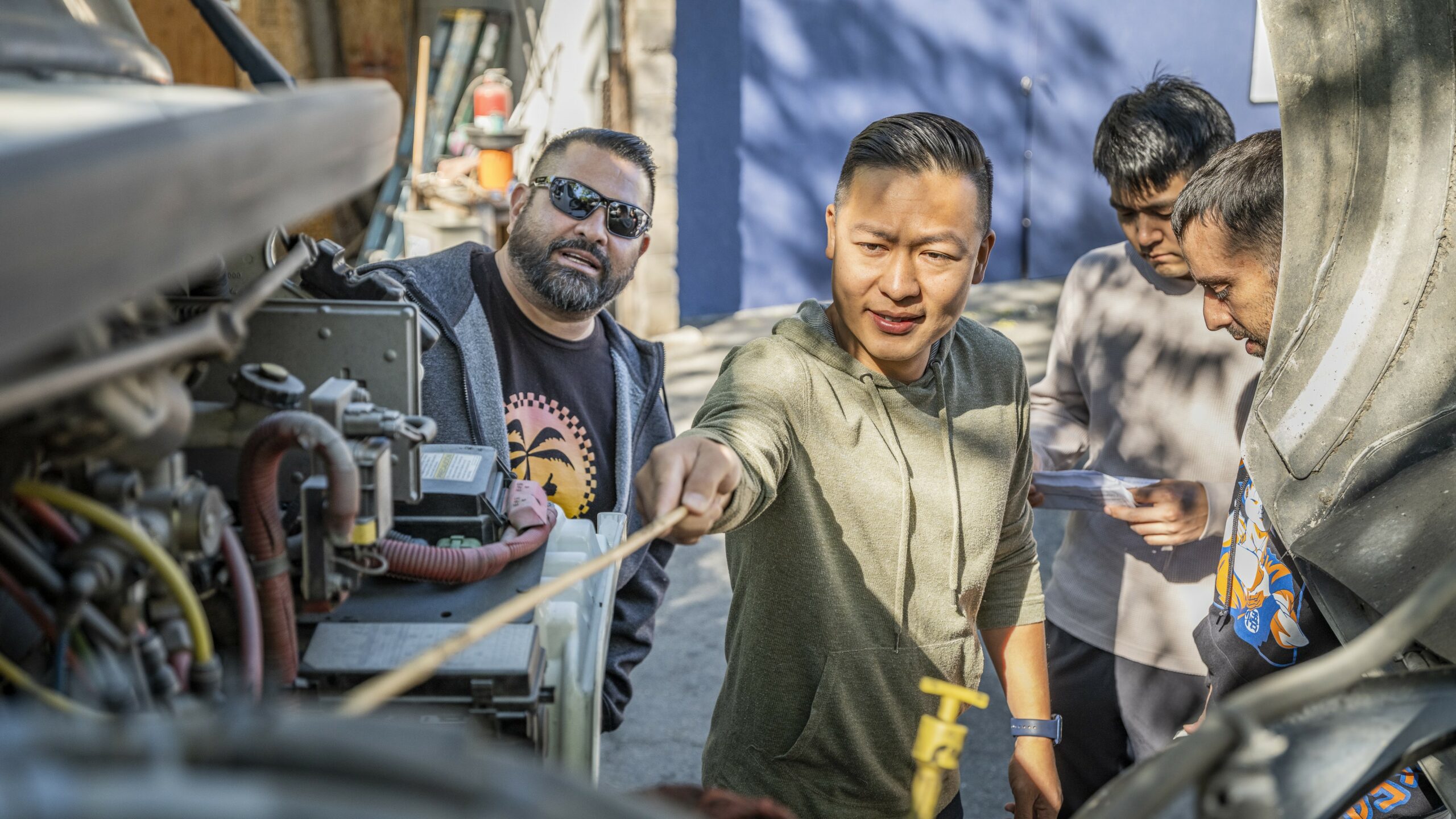As we prepare to turn the page on what has been for many people a very challenging year, we would like to take a look at the impact the dramatic events of 2020 have had on the workforce and efforts to prepare workers for the jobs and careers of today and tomorrow.
At WorkingNation, we are fortunate to have the counsel of a very insightful and accomplished Advisory Board. We asked them to share their thoughts with us on several questions.
In part one of a two-part series, here are some of the questions we asked and some of their answers we got back. Be sure to come back to WorkingNation.com on December 31 for a look at how they think 2021 will be changed by this tumultuous year.

The COVID-19 pandemic of 2020 disrupted our lives and livelihoods. It no doubt exposed some hard truths about our economy, our workforce, and inequity. At the end of the year, what are your thoughts on what we learned about our system of preparing Americans for jobs and careers?
Bridget Burns, founding executive director, University Innovation Alliance (UIA)

“Historically, Americans with a least a four-year college degree have been less likely to be unemployed, particularly in moments of economic vulnerability. While underemployment rates during the pandemic have been historically high for individuals of all education levels, workers with degrees have fared the best. This year has sharpened the hard truth that for too long, higher education has shut too many people out of economic mobility—and stability. Today, only 26% of Black workers and 40% of white workers over the age of 25 have a bachelor’s degree or higher.
“Understandably, there’s a lot of attention right now on shorter-term training programs that can get people back into the workforce quickly. But, we will have missed an opportunity if we don’t examine the shortcomings of our traditional higher education system. Recent survey data by Strada Education Network reveal a serious confidence crisis: only 24% of adults without degrees who are considering enrolling in education strongly agree that it would help them land a good job; and just 18% believe that it would be worth the cost.
“The long-term value of a college degree is well documented, yet consumers are skeptical—and I think with good reason. Another study by Strada, pre-pandemic, found that four in 10 college graduates were underemployed in their first job, making them five times more likely to remain underemployed five years later.
“I believe a four-year degree is still the best way to future-proof our workforce, but we must start listening to education consumers and ensuring that our academic programs, career services, and student advising is oriented not only around completion but around career value.”

Gerald Chertavian, founder & CEO, Year Up

“Access to higher education is extremely precarious in an economic crisis. This September, the National Student Clearinghouse Research Center released a report showing enrollment among undergraduates is down 2.5% this year across all types of institutions, with community colleges reporting the steepest declines at 8%. The pandemic will have far-reaching effects on the number of low-income and Black Americans who attain a traditional college degree.
“To ensure a more racially just and inclusive economy, corporations will need to embrace skills over degrees. Grads of Life’s research with Harvard Business School—Dismissed by Degrees—found that degree inflation accelerated during the Great Recession.
“Seventy-five percent of the jobs lost during the Great Recession were held by workers with a high school diploma or less, but 75% of the 11.6 million jobs created in the recovery required a bachelor’s degree or higher. We cannot let the next economic recovery follow the same path, and instead need to create multiple pathways to careers with family-sustaining wages.
“On a more positive note, we’ve also seen that virtual job training can be just as effective as in-person training, provided students receive the necessary tools and support. That means we have an opportunity to develop more flexible training options for students that need to juggle multiple commitments.”

Austan Goolsbee, professor of economics, University of Chicago Booth School of Business

“We knew it depended on financing and money before COVID and so we should have predicted that something that disrupted the livelihoods, especially of lower income people, would create a big setback on training and job preparation.
“Unlike past recessions, community college attendance, for example, shrank during this one. Then you add on to the money part the fact that the training is clearly worse online than in person and you have the makings of a lost year.
“The fact that there might be a big increase in companies’ willingness to allow people to work from home and the new experiments in training online both could end up meaning millions more people can have careers they wouldn’t have been able to before.”

Paul Irving, chairman, Milken Institute Center for the Future of Aging

“Health, wealth, and work are interconnected in many ways. Digital/information inequality may be as significant a concern as health and wealth inequality (the digital divide).
“Essential workers are not just healthcare workers and traditional first responders. They are undervalued service workers doing frontline jobs—often women of color—and they deserve a living wage, supports, and a secure retirement.
“We know that the education system is broken—focused on the past, not the future. It needs a complete re-imagination/re-invention.
“The U.S. lags behind, despite the wealth and capacity to lead. Government dysfunction, political and social divides, and lack of clear vision impede progress. A leadership deficit must be addressed and movement building encouraged. And beyond new policies and practices, we need a cultural shift—to change hearts and minds.”

Michael Kelly, executive director, Los Angeles Coalition for the Economy & Jobs

“The system does not always make clear which skills are in demand, which ones pay a living wage, and which training programs are effective. There has been great progress in delivering training virtually through innovative platforms that include AI and AR.
“But, we are not currently on a path to making the system work. The system is still not results-driven and there is poor results tracking. The government is in the best position to lead the change by requiring measurable results for continued funding.
“One innovative approach to funding workforce training is to offer loans contingent upon future employment. This ensures individuals with limited resources to invest in education have a means to finance their training, and that means keeps the training provider accountable by ensuring they are only paid if the individual is successfully placed in employment. We need to align workforce dollars with training programs that lead to living wage jobs.”

Gary Officer, president and CEO, Center for Workforce Inclusion

“This year has taught us all some very harsh lessons. COVID-19 has cruelly exposed the vulnerability of our poor, our aged, and our nation’s minority communities. Each, in turn, were disproportionately impacted by this awful global pandemic.
“For the poor, the very nature of their low-waged/low-skilled work cruelly placed them on the front line for exposure to the virus. For the poor—and those working within the gig economy—the absence of health care coverage, produced a double whammy, which compounded the crisis and triggered the spreading of the virus.
“COVID-19 also exposed some critical underlying weaknesses within the economy and workforce. For me, this convergence can be found in the relationship between workforce investment and economic resiliency.
“In the United States between March 1th, 2020 and May 30th, 2020, our economy slid at an alarming pace into negative growth. Unemployment increased from 3.5% to 21.3% over that period. By contrast, in Germany, unemployment increased from the mid 3% to 5.3% over the same period. In Singapore, the unemployment figure barely moved during the same period. Why? These countries massively invested in their workforce system to the extent that jobs training is continually adapted to the needs of their economies. In these and other countries, workers are provided the resources of the state to continually retrain for jobs most needed by employers. We need some version of this level of investment in the U.S.
“We have to spend more on workforce development. We must do so across the age spectrum and we cannot ignore the economic contributions of our older workers when formulating our policy priorities. The United States clearly can and must do better. Our future competitiveness is at stake.”

Melissa Peak, global lead workforce strategy, Amazon Web Services (AWS)

“The system is too slow, and lacks agility for quick pivots when needed.
“There is increased needed for non-traditional training and career development options, but current funding models don’t align with these approaches. Funding models must be updated to allow for innovation in training/education.
“Globally, and in specific industries, impact has been different, so I would deduce there isn’t a universal view of the challenge. What is universal is the frustration and fear of rapid change in the workforce and job landscape.
“Are we on a path to righting the system? Necessity is truly the mother of invention. I am optimistic that change is in the works, and in reality has already arrived in some cases (e.g. extensive use of video meeting software brought on by the pandemic). I don’t see one clear leader here. Rather, a collective surge to change the current situation.”

Les Range, independent economic and workforce development consultant

“I learned that we are woefully unprepared for workforce development/workforce readiness in this pandemic environment. This is especially true in my home state of Mississippi which has a massive digital divide. In 2020, we were face with one of the worst pandemics that I have seen in my lifetime. As a country, we were not prepared for the number of people who lost their job or were temporarily unemployed due to the pandemic.
“With the unknowns concerning COVID-19, it was difficult to assist job seekers on new jobs or career pathways because in many of the job centers it was done by appointment only. There could have had a better online system that could have given job seekers alerts on when a job was announced that matched their skills set.
“Since Mississippi is rural state, not everyone has access to internet. Remote mobile training learning centers could have been deployed to provide access to rural areas for workforce training. Community colleges and universities could have collaborated better to establish more online short-term training modules that could help individuals received short-term training remotely which could have led to careers or jobs.
“The pandemic has changed to way we do business, what we truly learned is that we were not prepared. Hopefully, we can improve our internet-based system so that it can truly match jobseekers with employers remotely, and also establish more virtual learning for short-term training.”

Another reminder, part two of this two-part series is December 31, here on WorkingNation.com.











